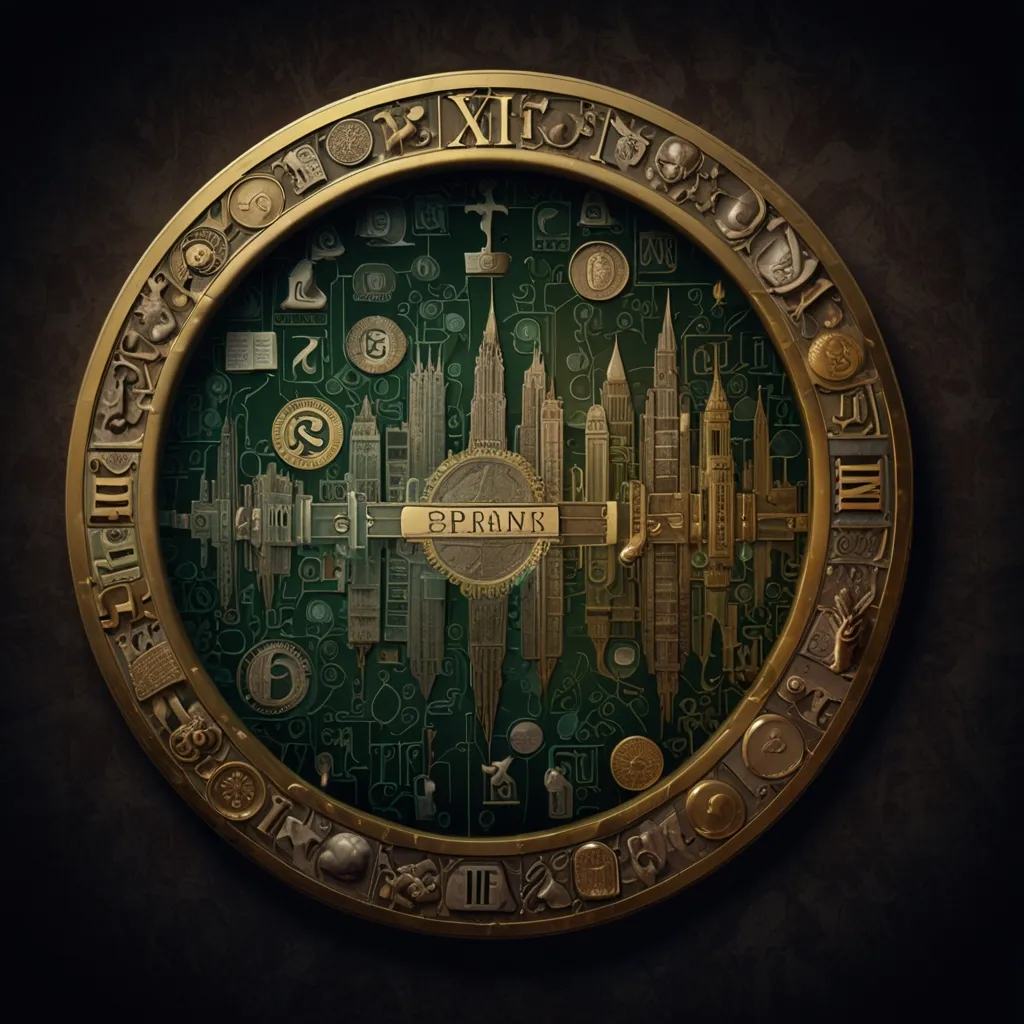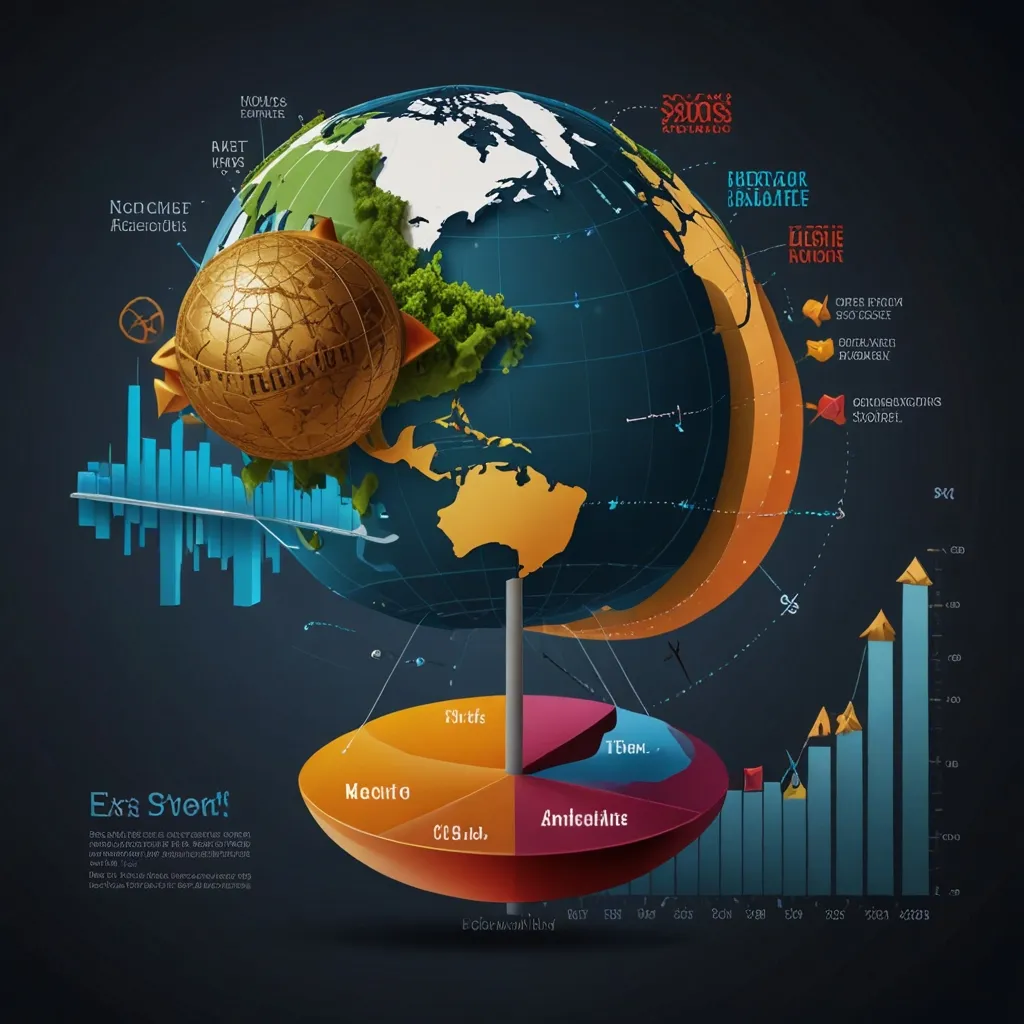Why do we use money? Why not just exchange things directly or even take what we need for free? To get to grips with this, we need to travel back to the beginnings of civilization and understand where money came from.
Contrary to popular belief, early societies did not operate on a simple barter system before money was invented. Bartering, which involves exchanging goods directly, actually came much later. The real story is a bit different. First, there was debt, then money, and finally barter. Bartering on a large scale, say in an entire city-state, would have been incredibly inefficient. What actually happened was that early societies used a system of debt or IOUs to make exchanges smoother. When goods were traded, one party would give the goods, and they would keep a record of what was owed, to be repaid whenever feasible. Money evolved from this system of debt.
Initially, currency was invented to track debt more easily. Tokens of value acted as collateral if the debtor defaulted. As societies grew, they centralized this system, using standardized weights of precious metals like copper, silver, or gold as a formal measure of value. Take ancient Egypt, for example, where the ‘debbon,’ equivalent to 93.3 grams of copper, silver, or gold, became a common standard.
Meanwhile, in Mesopotamia, silver tokens were used for commercial transactions, even for direct exchanges of goods. These early currency systems were functional but became cumbersome over time. Thus, the next logical step was to give tokens a predetermined value, introducing the concept of money as a store of perceived value.
This evolution of money saw a turning point in ancient India. Gold, silver, bronze, and copper coins were standardized, giving them specific values, fitting the definition of money perfectly. The Lydians brought this concept to the Greeks, and the Greeks developed it further by introducing banking—a centralized place for depositing money and taking out loans. The Romans adopted this system and spread it across Europe.
Even after the fall of Rome, the concept of money became abstract. People continued to value and calculate costs in Roman currency long after its coinage ceased. This was a significant historical point because it shaped how we perceive money today. Imaginary money became a conceptual system that facilitated everyday transactions without any physical exchange—just records of value transfers, quite similar to modern digital finance.
Eventually, paper currency entered the scene. China pioneered this concept when they noticed that paper contracts were as valuable as coins. They figured if the paper represented value, then why not create a currency out of it? The invention of movable type presses made printing easier, and paper currency soon followed. This was a considerable shift, and it was mirrored much later in the Crusades by knightly orders like the Knights Templars. They established early banking systems, issuing paper notes redeemable for coins, minus service charges, which greatly influenced European banking systems.
Despite the dominance of paper notes, some societies used disturbing alternatives. For instance, in parts of Africa, slaves were used as currency, intensified by the transatlantic slave trade, becoming the de facto currency between European merchants and African warlords.
As paper currency became widespread, it presented problems, mainly inflation. Governments had a troublesome habit of printing more money rather than adopting financial responsibility. This issue persists today. In China, unchecked printing led to a return to silver, and in Europe, the gold standard was developed to tame inflation. England initiated the gold standard, soon adopted by other Western nations. It linked paper currency to gold at fixed rates, self-correcting and preventing reckless state spending. This system controlled inflation well until the 1920s.
However, issues arose when every major country wanted to export more and import less, making the gold standard untenable. Following WWII, the U.S. adopted a new system, backing the dollar with gold and using the dollar for global transactions. But this system was unstable and collapsed in just 27 years.
Today, we’re ironically back to a system of imaginary money. Commodities represent value because we collectively agree they do. Paper bills, credit cards, and digital currencies hold value simply because society believes in their worth.
In sum, everything boils down to collective imagination. We’ve evolved from mere tokens to complex digital finance, yet the core of our monetary system remains the same. We believe money has value, and so it does.






